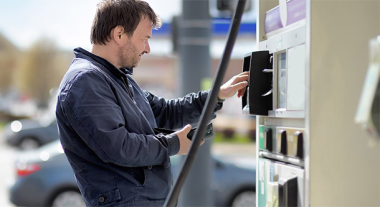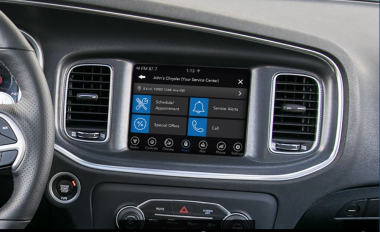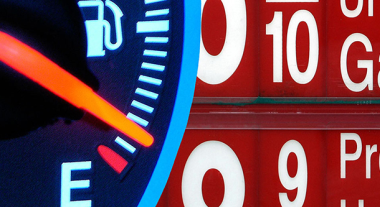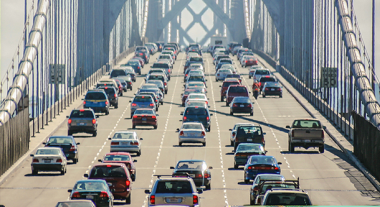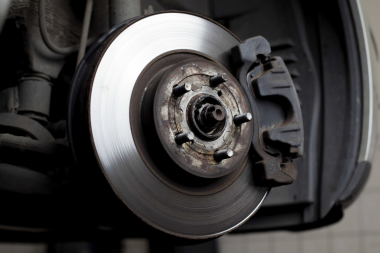
The national average dropped six cents on the week, following a consistent downward trend since Memorial Day. The decline is unusual for this time of year. Pump prices usually trickle higher during the summer months due to increased demand. However, the latest Energy Information Administration (EIA) report reveals that total domestic gasoline inventories jumped a million bbl last week, helping to push pump prices lower. According to OPIS, strong production output and increased imports have helped gasoline storage levels grow consistently over the past four weeks.
“Growing gasoline inventories are contributing to relief at the pump as we head into summer,” said Jeanette Casselano, AAA Spokesperson. “Current U.S. inventories sit at nearly 235 million bbl, which is helping to feed growing demand.”
According to the latest EIA report, gasoline demand reached 9.877 million b/d last week – the 6th highest weekly count on record. Current demand levels are on par with volumes seen this same time last year (9.879 million b/d). Today’s national average is $2.68, which is six cents cheaper than last week, 17 cents less than last month and 20 cents less than the same time last year.
Quick Stats
The nation’s top 10 largest monthly decreases are: Ohio (-29 cents), Michigan (-28 cents), Indiana (-26 cents), California (-23 cents), Mississippi (-21 cents), Kentucky (-21 cents), Illinois (-21 cents), Tennessee (-19 cents), North Carolina (-19 cents) and Oklahoma (-19 cents).
The nation’s top 10 most expensive markets are: California ($3.81), Hawaii ($3.64), Washington ($3.41), Nevada ($3.41), Alaska ($3.38), Oregon ($3.28), Idaho ($3.10), Utah ($3.09), Arizona ($2.97) and New York ($2.86).
West Coast
Motorists in the West Coast region are paying the highest pump prices in the nation, with all seven states landing on the top 10 most expensive list today. California ($3.81) and Hawaii ($3.64) are the most expensive markets. Washington ($3.41), Nevada ($3.41), Alaska ($3.38), Oregon ($3.28) and Arizona ($2.97) follow. Pump prices in the region have mostly decreased on the week, with Arizona (-6 cents) seeing the largest drop.
The EIA’s recent report for the week ending on June 7 showed that West Coast gasoline stocks increased slightly by 90,000 bbl from the previous week and sit at 30.8 million bbl. The current level is 700,000 bbl less than last year’s level at this time, which could cause prices to spike if there is a supply disruption or gas demand surges in the region this week.



